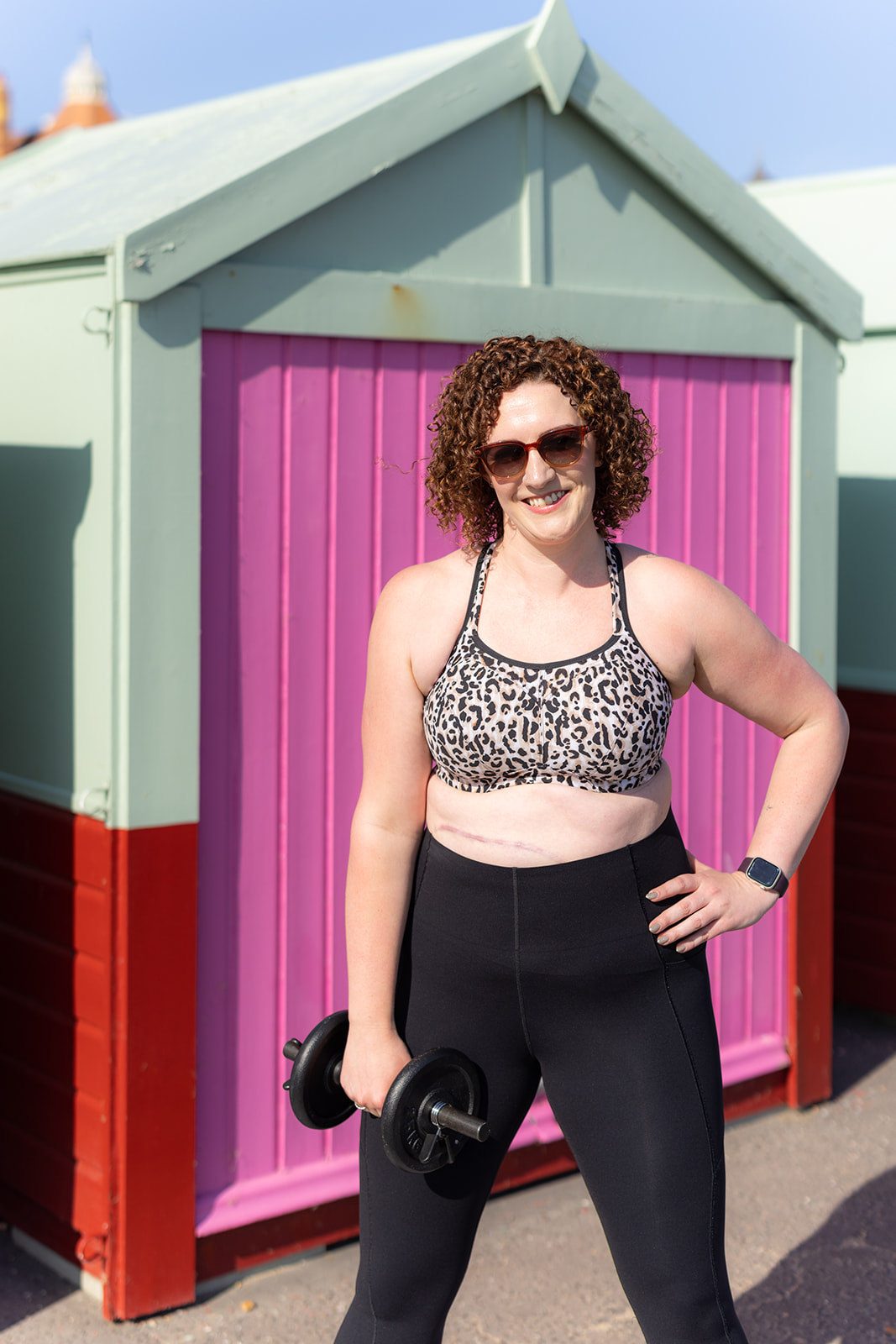I often hear it said that gym machines are for beginners, whereas free weights and barbells are for those who are more experienced. This is both overly-simplistic and unfair, so let’s get into what is and isn’t right about those statements.
What is a gym machine?
This is less obvious than you think because, to the untrained eye, a gym is just a room full of machines. Broadly speaking, professionals categorise machines in two ways: those that are for cardiorespiratory training (e.g. treadmills, bikes, cross trainers), and those that are for resistance training (the ones that involve working against a load to improve strength). So far, so accurate.
Yes, this leaves behind the equipment that isn’t a machine – mostly dumbbells, kettlebells, barbells and a few other things like Swiss balls, Bosu balls, resistance bands and so on. And we are going to forget about those for a minute whilst I go back to machines.
Beginner versus advanced gym machines
The language from a personal trainer course trips us up here. Because within that programme of study, we do split machines into these two categories, and I don’t really know why, other than that it neatly divides a curriculum.
I think that a lot of people consider pin-loaded resistance machines to be for beginners because there is a finite limit to the amount of load they can be used with. Additionally, many of them operate via a seated position. Whilst these things are again true, it shows a bias in thinking – that the heavier a lift is, the harder it is. This line of thought is so reductive that I don’t really know where to begin.
The real drawback to most gym machines
Here’s what you weren’t expecting to read: it’s lack of adaptability. Lots of resistance machines are designed to do one or two things. They don’t offer room for variety and creativity. A leg extension is a great example of this, as is a chest press. Whereas if you work with free weights, you can vary both of those exercises to challenge yourself and your body in a number of different ways, beyond just adapting them to be unilateral, or focused on time under tension.
A secondary limitation is how you move against the load – the vast majority of resistance machines will allow you to cheat a little. Which is important as a safety feature, but can mean that you’re not working with as much tension as you might be. And that’s where two other machines come in…
Adaptable gym machines
I’ve had a love/hate relationship with cable columns, but I’ve been firmly in love with them for a while now. The only limit is your imagination when it comes to cables, and they hold consistent tension throughout whichever range of movement you work through them. The other machine which offers this benefit is the Smith machine, though it’s slightly less adaptable in terms of what you can use it for.
Are gym machines good for beginners?
Some very much are. The ones which support your body to catch you if you’re inexperienced. The ones which offer clear guidance on how they should be used, due to being simple. And the ones which offer a lower load to bear. But many machines are great for those at a more advanced level of training, and if you are looking to progress, you should be looking to get away from those more simple machines when you can.
Graduating to appropriate free weights, or being more creative with other equipment is a great idea. Exploring machines which challenge a variety of planes of movement and are more adaptable is also helpful to progress. It’s not as straightforward as hopping straight from a shoulder press machine to a barbell overhead press – you will learn a lot by exploring all of the steps in between – but please don’t limit yourself by learning how five machines work and going no further ever again.
And if you’re reading this as a more experienced gym user: hop off those simpler machines and let the newbies have a go.
